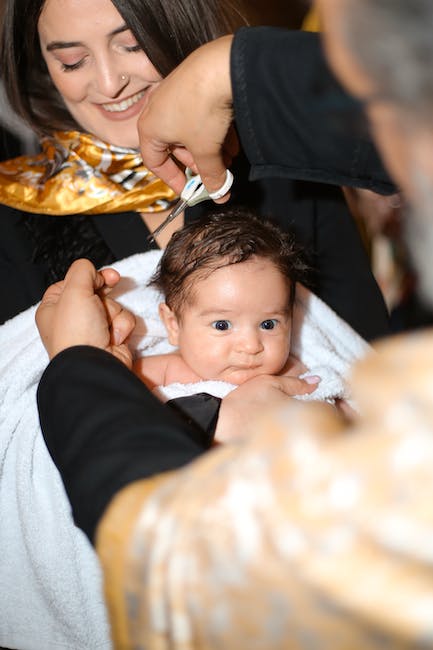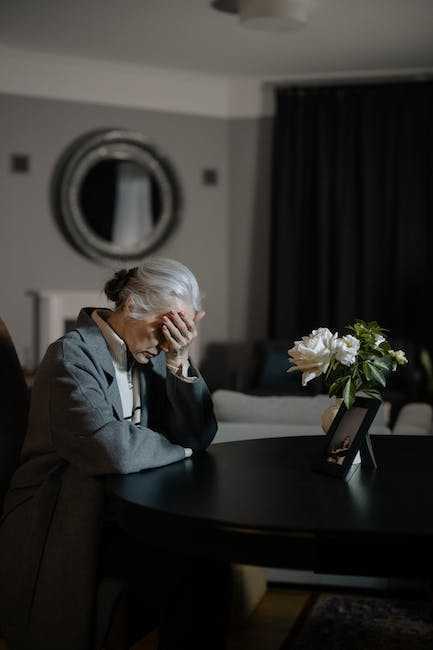
Contents
What is Anagen Effluvium? Could it be the Cause of Hair Loss in Children?
Hair loss in children is a concerning issue that needs to be addressed with the help of a qualified health professional. One type of hair loss, known as Anagen Effluvium, occurs most commonly in children and can have multiple underlying causes. In order to understand Anagen Effluvium, it is important to have an understanding of the hair growth cycle.
Understanding the Hair Growth Cycle
Hair grows in stages, with the anagen or growth stage being the longest. During this stage, cells in the root of the hair divide and generate new hair. The anagen stage normally lasts for about three to four years for hair on the scalp. The second stage, called the catagen or transition stage, occurs when the hair follicles enter a resting stage and stop growing and shedding. This stage lasts for several weeks. The third stage is the telogen or resting stage, where hair stops growing and shedding completely and prepares for the next anagen stage. This stage can last for a few months and is followed by the shedding of the hair and the beginning of the anagen stage once again.
What is Anagen Effluvium?
Anagen Effluvium is a type of hair loss that occurs when the anagen stage of the hair growth cycle is disrupted by a trauma of some kind. This can include anything from a serious medical condition to drugs or certain abnormal environment factors. When the anagen stage is affected, there is a dramatic increase in hair shedding, usually within a few weeks of the trauma. Anagen Effluvium is distinguishable from other types of hair loss in that it will usually affect the entire scalp, rather than just one area.
Potential Causes of Anagen Effluvium in Children
When it comes to children, there are several potential causes of Anagen Effluvium. Some of the most common include chemotherapy for cancer treatments, toxic exposure to heavy metals and certain medications. However, a qualified health professional will need to make a diagnosis in order to determine the root cause of the hair loss in any individual case.
Treating Anagen Effluvium
Treating Anagen Effluvium will ultimately depend on the cause of the hair loss. For some, the hair may grow back on its own with time, while for others more aggressive treatment may be needed. In the case of chemotherapy, treatments such as nutritional support or scalp cooling may be an option. For toxic exposure, it is important to identify and remove the source and then treat the underlying medical condition.
It is very important for parents to take hair loss seriously if their child is experiencing it, and to consult a qualified health professional as soon as possible. Anagen Effluvium can be a sign of a more serious underlying medical condition and should be addressed by a qualified health professional.
Anagen Effluvium, Hair Growth Cycle, Catagen, Telogen, Hair Loss in Children, Chemotherapy, Toxic Exposure, Heavy Metals, Medications, Nutritional Support, Scalp Cooling, Underlying Medical Condition
